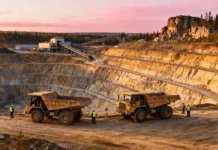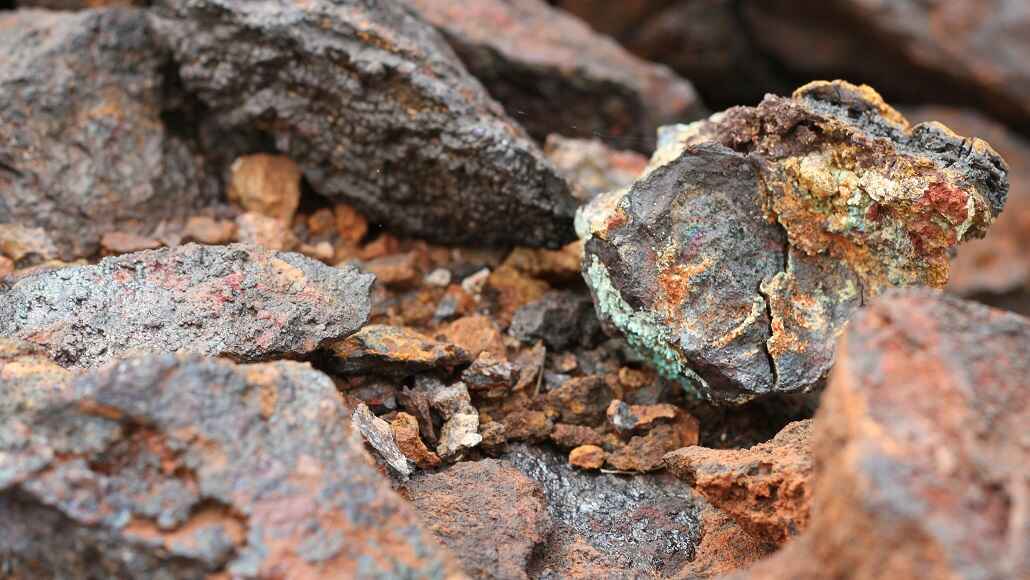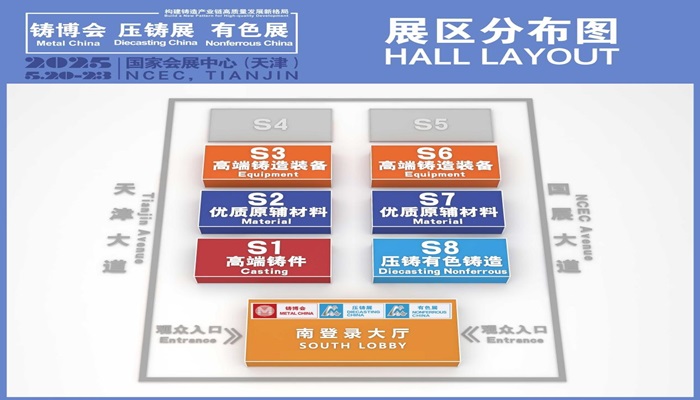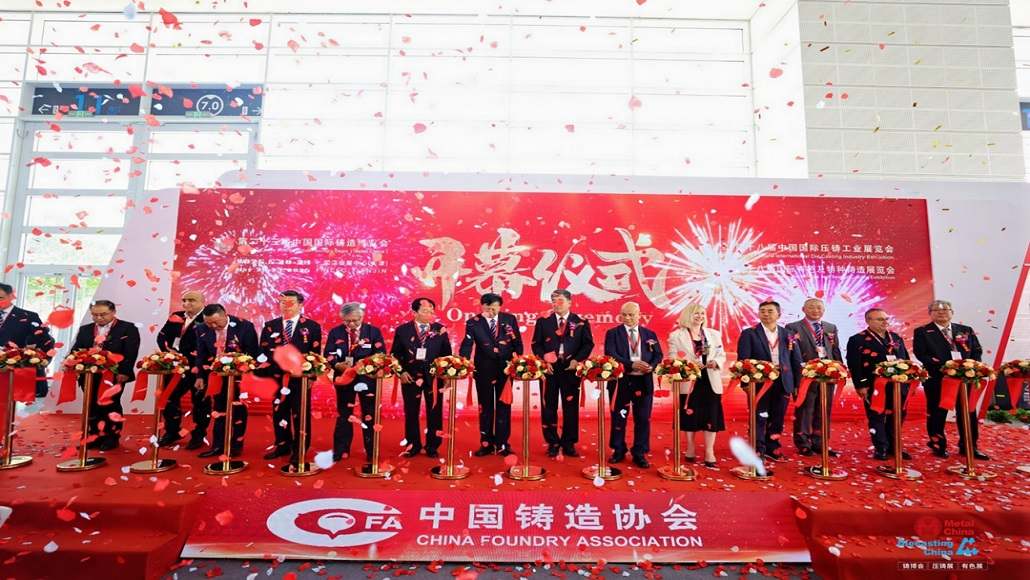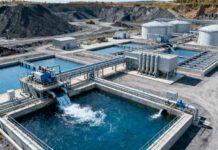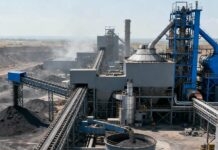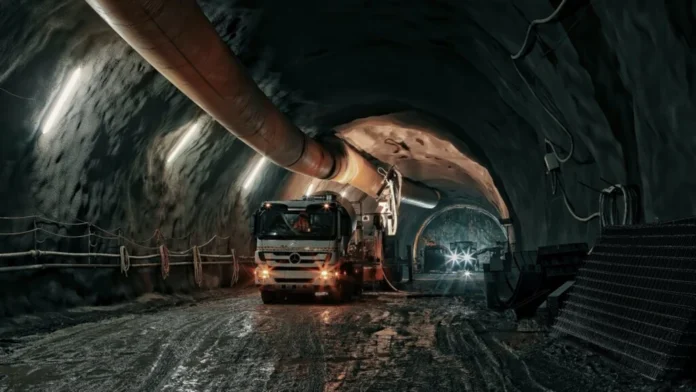The mineral processing industry stands at the forefront of a technological revolution that promises to transform operations from reactive management to predictive optimization. Digital twins in mineral processing represent sophisticated virtual replicas of physical processing assets that leverage real-time data streams, advanced analytics, and artificial intelligence to enable unprecedented operational insights and control capabilities.
As mining companies worldwide grapple with increasing operational complexity, rising costs, and stringent environmental requirements, digital twin technology emerges as a transformative solution that bridges the gap between traditional industrial operations and next-generation smart manufacturing. These digital replicas provide continuous monitoring, predictive maintenance capabilities, and optimization opportunities that significantly enhance both productivity and profitability.
The integration of digital twins into mineral processing operations creates a paradigm shift from conventional monitoring systems to intelligent, self-optimizing plants that adapt dynamically to changing conditions while maintaining optimal performance across all operational parameters.
Understanding Process Digital Twin Mining
Process digital twin mining represents a comprehensive approach to creating virtual representations of entire processing circuits, from ore reception through final product shipping. These sophisticated models incorporate real-time sensor data from throughout the processing facility, creating dynamic representations that mirror actual plant performance with remarkable accuracy.
Modern digital twin implementations utilize advanced machine learning algorithms to process vast quantities of operational data, identifying patterns and correlations that human operators might miss. These systems continuously learn from historical performance data while adapting to current operational conditions, enabling increasingly accurate predictions of equipment behavior, process performance, and potential optimization opportunities.
The technological foundation of process digital twin mining relies heavily on Internet of Things sensors deployed throughout processing facilities. These sensors monitor equipment vibration, temperature, pressure, flow rates, chemical concentrations, and numerous other operational parameters. Advanced communication networks transmit this data to centralized processing systems that maintain real-time virtual representations of the entire facility.
Integration with existing control systems enables digital twins to not only monitor current conditions but also influence operational parameters through automated optimization routines. These systems can adjust grinding circuits, flotation chemistry, and material handling parameters to maintain optimal performance as ore characteristics change throughout mining operations.
Smart Mineral Processing Innovations
Smart mineral processing represents the convergence of artificial intelligence, advanced analytics, and industrial automation to create processing facilities that operate with unprecedented efficiency and reliability. These systems leverage digital twin technology to implement predictive control strategies that anticipate and prevent operational problems before they impact production.
Contemporary smart processing implementations incorporate computer vision systems that monitor equipment condition and product quality in real-time. These optical monitoring systems can detect equipment wear, identify product contamination, and assess material flow characteristics with precision that exceeds human observation capabilities. Integration with digital twin models enables these systems to predict how observed conditions will impact future performance and recommend corrective actions.
Advanced process control algorithms utilize digital twin predictions to optimize complex processing circuits automatically. These systems balance multiple operational objectives simultaneously, maximizing recovery while minimizing energy consumption, chemical usage, and equipment wear. Machine learning components continuously improve control performance by learning from operational outcomes and refining optimization strategies.
Energy management represents another crucial aspect of smart mineral processing. Digital twin systems model energy consumption across entire facilities, identifying opportunities for efficiency improvements and demand optimization. These systems can predict energy requirements based on planned processing schedules and coordinate with utility providers to minimize energy costs while maintaining operational requirements.
Mining Automation Technologies Integration
The successful implementation of digital twins in mineral processing requires seamless integration with existing mining automation technologies. This integration creates comprehensive operational ecosystems where autonomous equipment, intelligent processing systems, and predictive maintenance programs work together to optimize overall mining performance.
Autonomous haul truck systems provide valuable data inputs for digital twin models, including ore characteristics, equipment performance metrics, and transportation efficiency measures. This integration enables processing facilities to prepare for incoming ore deliveries by optimizing circuit configurations based on predicted material properties and delivery schedules.
Remote monitoring systems extend digital twin capabilities beyond individual processing facilities to encompass entire mining operations. These integrated systems provide mine managers with comprehensive visibility into all operational aspects, from extraction through processing to product shipping. Centralized control rooms can monitor multiple facilities simultaneously while coordinating activities to optimize overall operational efficiency.
Predictive maintenance programs leverage digital twin models to anticipate equipment failures and schedule maintenance activities to minimize production impacts. These systems analyze equipment performance trends, operational conditions, and maintenance history to predict optimal maintenance timing while ensuring equipment reliability and availability.
The integration of blockchain technology with digital twin systems provides secure, transparent records of operational performance and equipment maintenance history. This capability supports regulatory compliance requirements while enabling improved maintenance planning and equipment lifecycle management.
Industry 4.0 in Mining Applications
Industry 4.0 in mining encompasses the comprehensive digital transformation of mining operations through the integration of cyber-physical systems, Internet of Things technologies, cloud computing, and artificial intelligence. Digital twins serve as the cornerstone technology that enables these advanced Industry 4.0 implementations in mineral processing environments.
Cloud computing platforms provide the computational infrastructure necessary to support complex digital twin models and advanced analytics applications. These platforms enable mining companies to access sophisticated modeling capabilities without maintaining extensive on-site computing resources, while providing scalability to accommodate varying computational demands.
Edge computing implementations bring advanced analytics capabilities directly to processing facilities, reducing communication delays and enabling real-time optimization responses. These systems process critical operational data locally while maintaining connections to centralized cloud resources for comprehensive analysis and long-term optimization.
Artificial intelligence applications within Industry 4.0 mining implementations extend beyond traditional process control to encompass predictive analytics, automated decision-making, and autonomous optimization. These systems continuously learn from operational data while adapting to changing conditions and improving performance over time.
Cybersecurity considerations become increasingly important as mining operations become more connected and automated. Digital twin implementations incorporate advanced security measures to protect operational technology systems from cyber threats while maintaining the connectivity necessary for advanced analytics and optimization.
Predictive Mining Plant Operations
Predictive mining plant operations represent the ultimate expression of digital twin technology in mineral processing, where entire facilities operate based on continuous predictions of future conditions and performance requirements. These systems anticipate equipment failures, process upsets, and optimization opportunities before they impact production.
Advanced predictive models utilize historical performance data, current operational conditions, and planned future activities to forecast facility performance across multiple time horizons. Short-term predictions enable immediate optimization adjustments, while longer-term forecasts support strategic planning and resource allocation decisions.
Equipment failure prediction represents a critical component of predictive plant operations. Digital twin models analyze equipment performance trends, operational stresses, and maintenance history to identify potential failure modes and predict optimal maintenance timing. These predictions enable maintenance teams to schedule repairs during planned downtime periods while minimizing unplanned production interruptions.
Process optimization predictions enable facilities to adapt proactively to changing ore characteristics, market conditions, and operational requirements. These systems can predict optimal processing configurations for different ore types while accounting for equipment availability, energy costs, and product specifications.
Supply chain predictions integrate processing facility requirements with mining operations and product delivery schedules to optimize overall operational efficiency. These systems coordinate extraction activities, processing schedules, and product shipments to minimize inventory levels while ensuring customer requirements are met consistently.
Real-Time Performance Monitoring and Control
Real-time performance monitoring and control systems represent the operational interface between digital twin models and physical processing facilities. These systems provide operators with comprehensive visibility into facility performance while enabling immediate responses to changing conditions and optimization opportunities.
Advanced visualization systems present complex operational data in intuitive formats that enable operators to understand facility performance quickly and identify potential issues before they impact production. These systems combine real-time data displays with predictive analytics to provide comprehensive operational awareness.
Automated control systems utilize digital twin predictions to adjust processing parameters continuously without operator intervention. These systems maintain optimal performance across varying operational conditions while alerting operators to situations requiring human oversight or decision-making.
Mobile monitoring applications extend real-time visibility beyond traditional control rooms, enabling key personnel to monitor facility performance from anywhere while receiving immediate notifications of important operational events or optimization opportunities.
Integration with enterprise resource planning systems provides comprehensive visibility into operational costs, production efficiency, and profitability metrics in real-time. This integration enables management teams to make informed decisions about operational priorities and resource allocation while monitoring progress toward strategic objectives.
Environmental and Safety Benefits
Digital twin implementations in mineral processing deliver significant environmental and safety benefits through improved operational efficiency, predictive maintenance capabilities, and enhanced monitoring systems. These systems enable facilities to minimize their environmental footprint while maintaining high safety standards and regulatory compliance.
Environmental monitoring capabilities provide continuous visibility into emissions, water usage, and waste generation throughout processing operations. Digital twin models can predict environmental impacts of operational changes while identifying opportunities for efficiency improvements that reduce environmental footprint.
Energy optimization algorithms reduce overall energy consumption by optimizing processing circuits, equipment operation, and facility systems. These improvements directly translate to reduced greenhouse gas emissions and lower operational costs while maintaining production targets.
Water management systems optimize water usage throughout processing facilities while monitoring water quality and treatment system performance. Digital twin models enable facilities to minimize freshwater consumption while ensuring treated water discharge meets environmental standards.
Safety monitoring systems provide enhanced visibility into potentially hazardous operational conditions while predicting safety risks before they result in incidents. These systems monitor equipment condition, operator activities, and environmental conditions to identify potential safety concerns proactively.
Economic Returns and Operational Excellence
The economic benefits of digital twin implementation in mineral processing extend beyond immediate operational improvements to encompass long-term competitive advantages and operational excellence. These systems typically deliver return on investment within two to three years through improved efficiency, reduced maintenance costs, and optimized resource utilization.
Production optimization improvements typically increase throughput by five to fifteen percent while reducing operational costs through improved equipment utilization and energy efficiency. These improvements result from better understanding of processing circuit performance and continuous optimization of operational parameters.
Maintenance cost reductions of twenty to thirty percent are commonly achieved through predictive maintenance programs that schedule repairs based on actual equipment condition rather than predetermined schedules. These programs reduce both planned maintenance costs and unplanned downtime expenses.
Quality improvements resulting from continuous monitoring and optimization enhance product value while reducing rework and customer complaints. Digital twin systems enable facilities to maintain consistent product quality despite variations in ore characteristics and operational conditions.
The implementation of digital twins in mineral processing represents a fundamental transformation that enables mining companies to achieve unprecedented levels of operational efficiency, environmental performance, and economic returns. As these technologies continue to mature and become more accessible, they will undoubtedly become standard components of modern mineral processing facilities worldwide.
Through the strategic integration of advanced sensors, analytics platforms, and control systems, digital twin technology transforms traditional processing facilities into intelligent, adaptive operations that continuously optimize performance while minimizing environmental impact and operational risks. This transformation positions mining companies for long-term success in an increasingly competitive and regulated operating environment.



